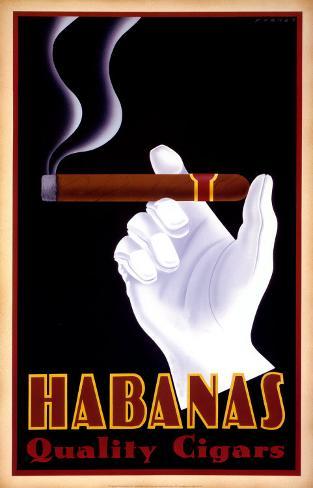Herbert Matter
Herbert Matter was Swiss graphic designer and photographer. His techniques in photography and graphic design became so innovative and important in 1930's, and then evolved into familiar design idioms such as overprinting- the design where an image extends over the frame- the bold use of colors, sizes, and placement in typography. These techniques, except characterize him, characterize pre-war European Modernism and the post-war expression of that movement in the United States as well.
He was very interested in work of sculptor Alberto Giacometti. That latter, led to a compelling body of photographic work. They once met in 1960 and Harbert Matter began photographic the sculptor's work leading to a twenty-year project that reminded a personal and profound artistic endeavor for him.
His archive contains the largest collection of visual material by a single artist. It contains a thousands of fine art, commercial prints, design process materials such as sketches, paste-up layout work, collages, exhibition materials, photographs, negatives including glass plates.
His creative scope of graphic design was boundless. Journalistic, imaginative and manipulative photography were revolutionary influences. Matter started to experiment with camera, as with strong design tool and expressive form-a relationship that never ended. Matter was inspired by the work of El Lissitzky and Man Ray especially by photograpms, and the magic of collage and montage. His official entrance as a graphic designer was when he was hired as a designer and photographer for the legendary Deberny and Peignot concern. He learned there the fine typography.
Later on, his returning to Switzerland was main for his future. He was surrounded by a god graphic and that is how he learn the best, said Paul Rand. He designed posters for the Swiss Tourist Office.
Eisenman said about him: '' He was good at everything he tried to do.'' In 1954 he was commissioned to create the corporate identity for the New Haver Railroad. The omnipresent ''NH'' logo, with its elongated serifs, was one of the most famous symbols in America.
References:
Herbert Matter: Modernist Photography and Graphic Design | Stanford University Libraries. 2013. Herbert Matter: Modernist Photography and Graphic Design | Stanford University Libraries. [ONLINE] Available at:https://library.stanford.edu/spc/exhibitspublications/past-exhibits/herbert-matter-modernist-photography-and-graphic-design. [Accessed 29 December 2013].
The Visual Language Of Herbert Matter | a documentary film by Reto Caduff . 2013. The Visual Language Of Herbert Matter | a documentary film by Reto Caduff . [ONLINE] Available at: http://www.herbertmatter.net/matter.html. [Accessed 29 December 2013].


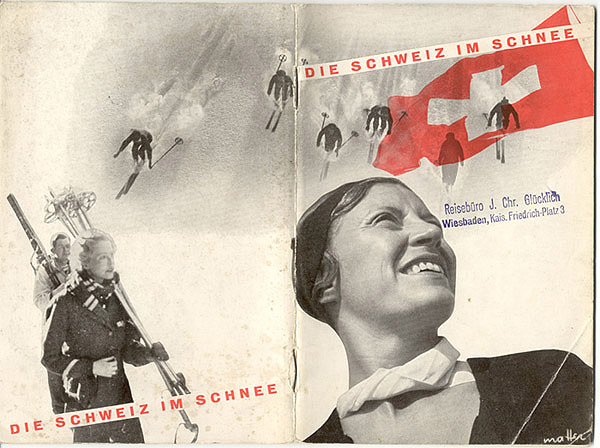

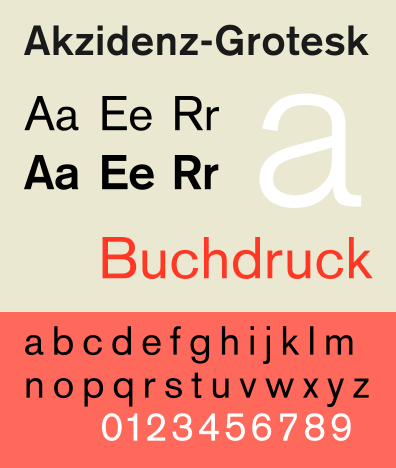
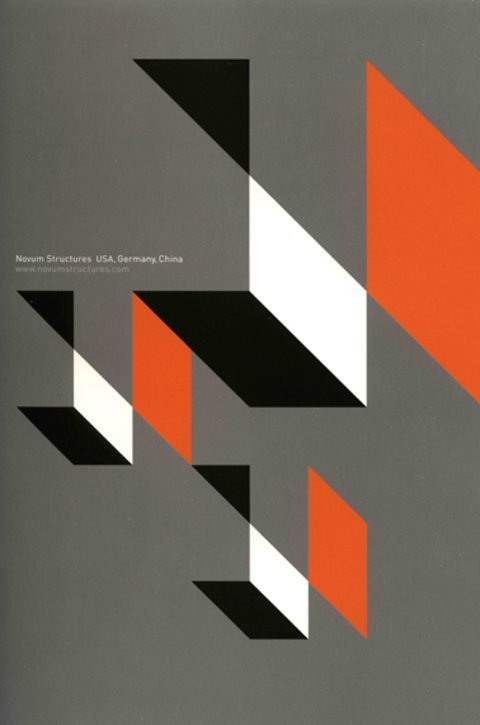

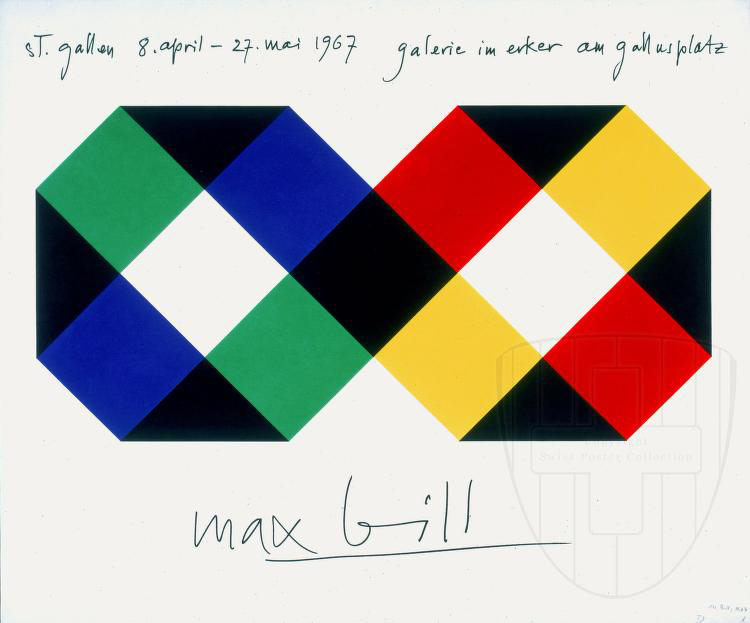






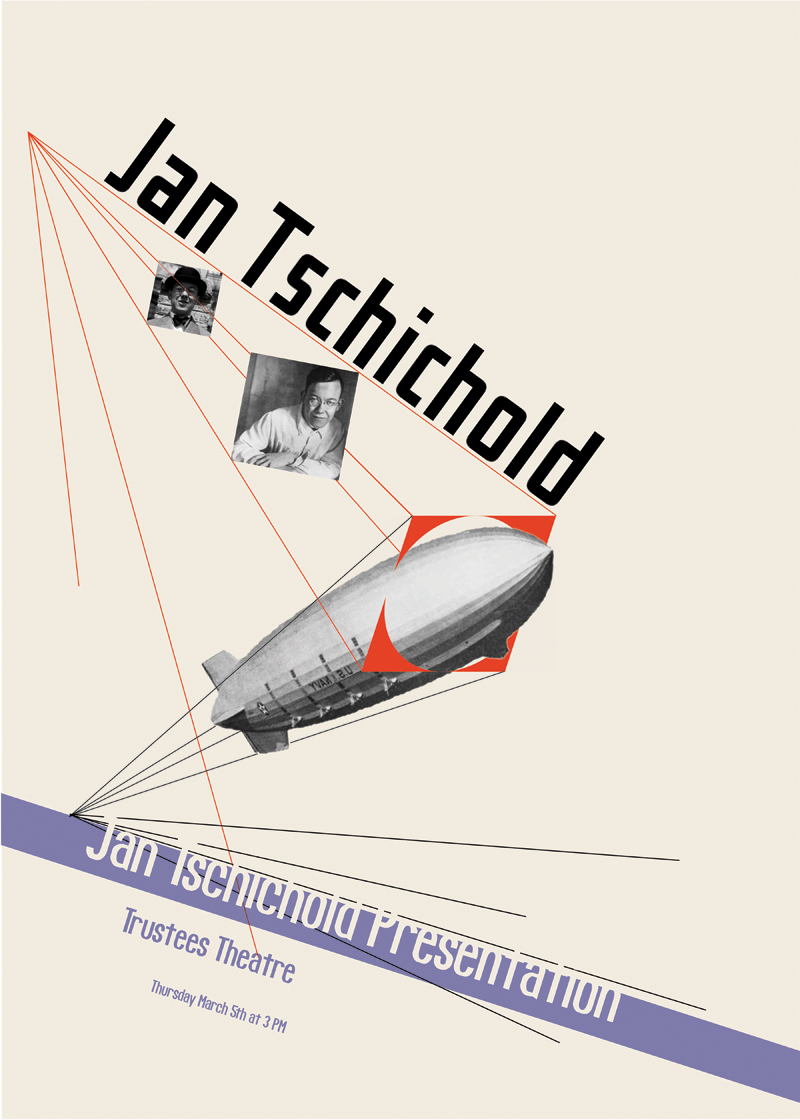









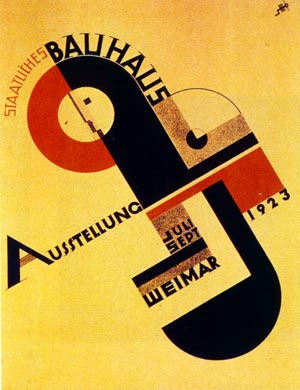
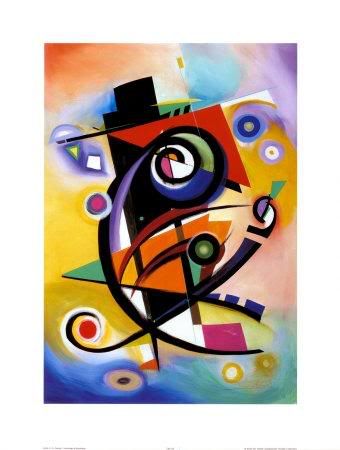




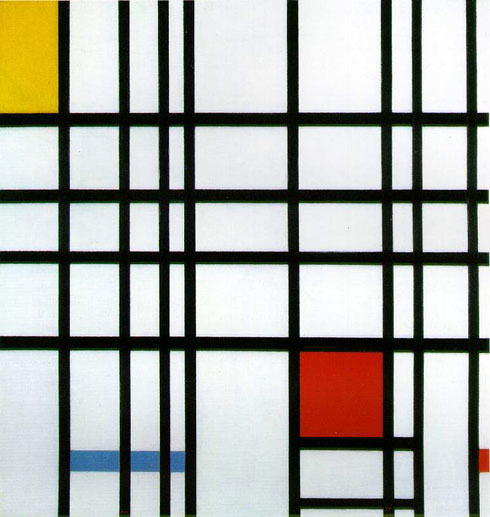
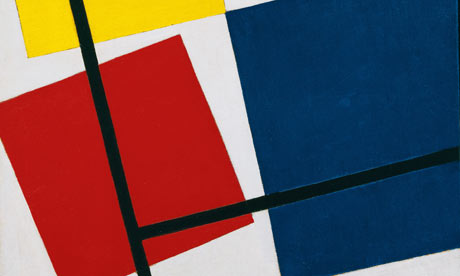
.jpg)














